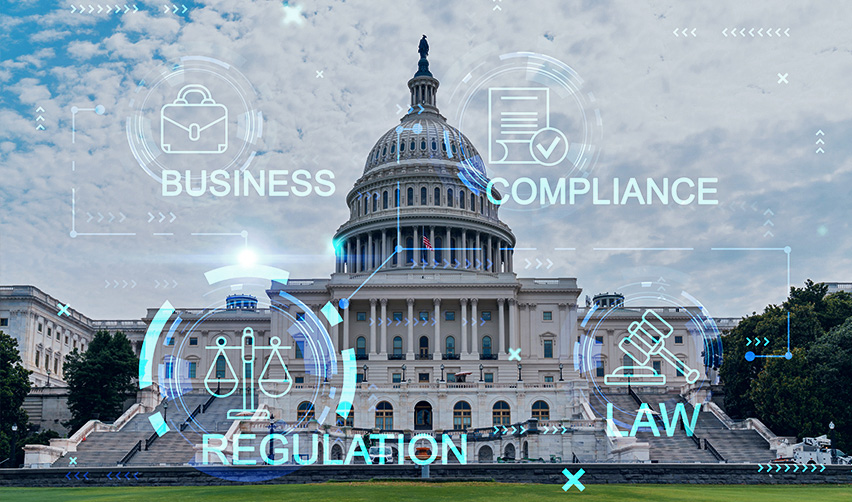Uncertain policy conditions and unpredictable timelines make government-subsidized EB-5 projects risky
Why EB-5 Projects Relying on Government Subsidies are Inherently Risky
Sources of Uncertainty and Unpredictability in Government-Subsidized Projects
Choosing an EB-5 Investment Opportunity with a Proven Track Record
Why EB-5 Projects Relying on Government Subsidies are Inherently Risky
While the EB-5 Immigrant Investor Program provides a clear pathway for foreign nationals seeking a United States Green Card, it is critical that investors choose their project wisely to limit risk as much as possible.
In recent years, there has been a notable uptick in EB-5 projects in industries that are typically heavily subsidized by the U.S. government, including energy, mining, and transportation. Many such projects do indeed have significant long-term societal benefits and may even appear to offer initial cost savings.
However, it is important to recognize that the presence of U.S. government subsidies, in the form of tax credits or other incentives, implies that a project may not be economically feasible under free market conditions. These projects are often highly speculative in nature with a limited track record of repayment. As such, EB-5 investors who choose projects that are propped up by government subsidies are potentially putting themselves at significant risk due to the possibility of future policy changes.
Sources of Uncertainty and Unpredictability in Government-Subsidized Projects
According to a 2022 analysis by the Pew Research Center, both Democrats and Republicans are increasingly moving further away from the ideological center, and are now more polarized than at any other point in the past 50 years. One of the many negative implications of this stark ideological divide is that policies and initiatives supported by one party are often deprioritized – or abandoned altogether—when the other party comes into power. Such a volatile political environment makes it very difficult to provide any sense of long-term market certainty in industries that depend on government support to be economically viable.
Furthermore, the bureaucratic nature of government funding processes can lead to unexpected delays in project timelines. Government-funded projects also usually come with a higher level of oversight, which can lead to a lack of flexibility in adapting to changing market conditions or other unforeseen challenges. All of these sources of unpredictability puts EB-5 investors who choose projects dependent on government incentives at significant and unnecessary risk.
Choosing an EB-5 Investment Opportunity with a Proven Track Record
A much safer approach for EB-5 investors is choosing a project that has a straightforward and compelling economic foundation that is not beholden to any external factors.
According to the U.S. Census Bureau’s 2023 population estimates data, southern U.S. states added more than 1.4 million people, accounting for nearly 90 percent of the country’s total population growth. No other region of the country experienced growth of more than 150,000 people. Furthermore, in those southern states, domestic migration accounted for 150 percent more of the total population growth than did international migration. This data supports the long-term trend of baby boomers flocking to the more temperate U.S. south from other regions of the country to spend their retirement years.
Given this clear demographic shift, along with a persistent lack of adequate supply in the U.S. housing market as a whole, The Kolter Group’s Twin Lakes, Georgia, project is an attractive option for EB-5 investors seeking a reliable return. The community of 1,300 single-family homes exclusively for retirees follows a proven business model. It is the 13th Cresswind-branded retirement community in the southeast and follows 14 other successful EB5AN-Kolter partnered projects. Every EB-5 investment made in a Kolter project is either in good standing or has already been repaid in full.
In many ways, the Twin Lakes project is the opposite of high-risk EB-5 projects that are heavily dependent on U.S. government subsidies. While government-supported projects may seem to offer some financial advantages at first, the inherent uncertainty of such projects must be taken into consideration. When choosing an EB-5 project to invest in, it is important to always seek professional guidance and to do one’s due diligence in selecting the most reliable investment option.







